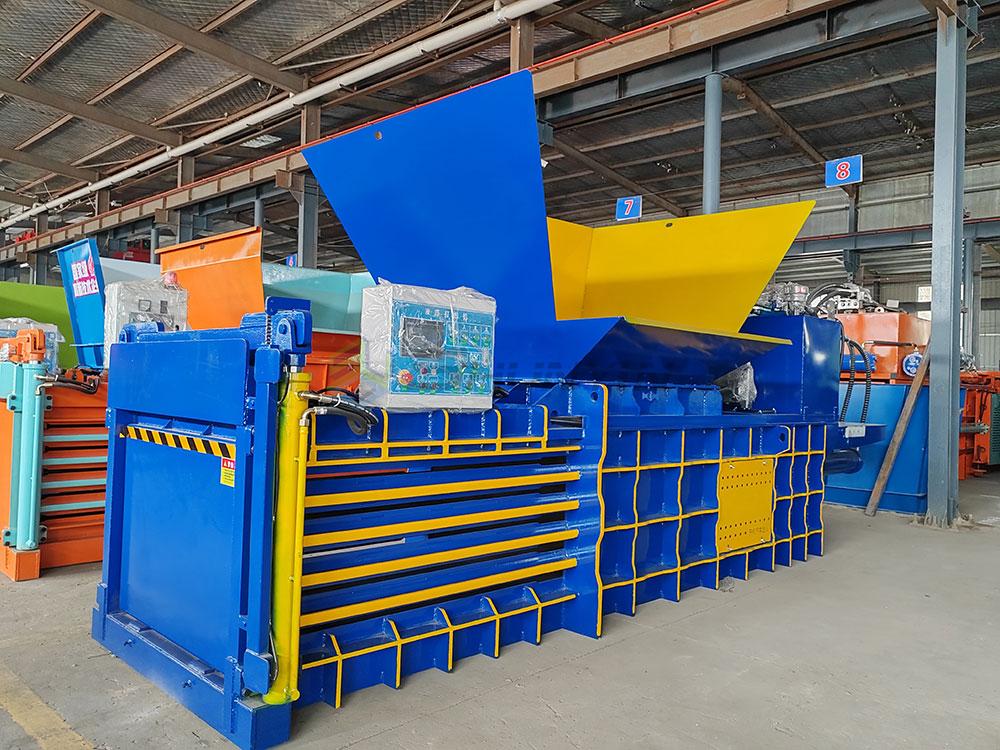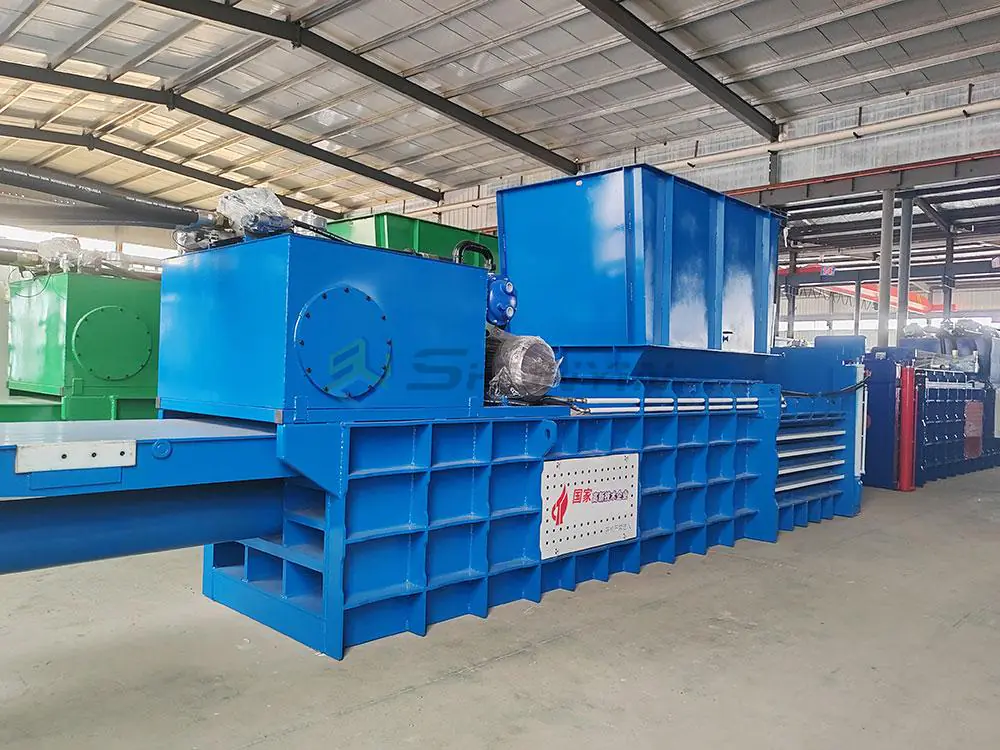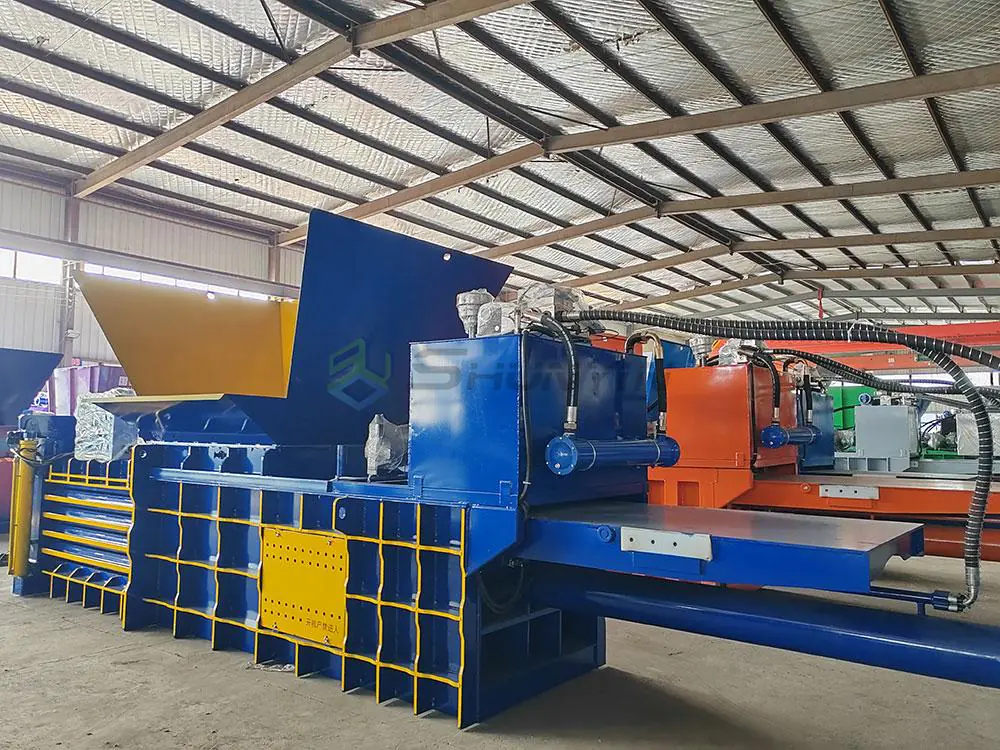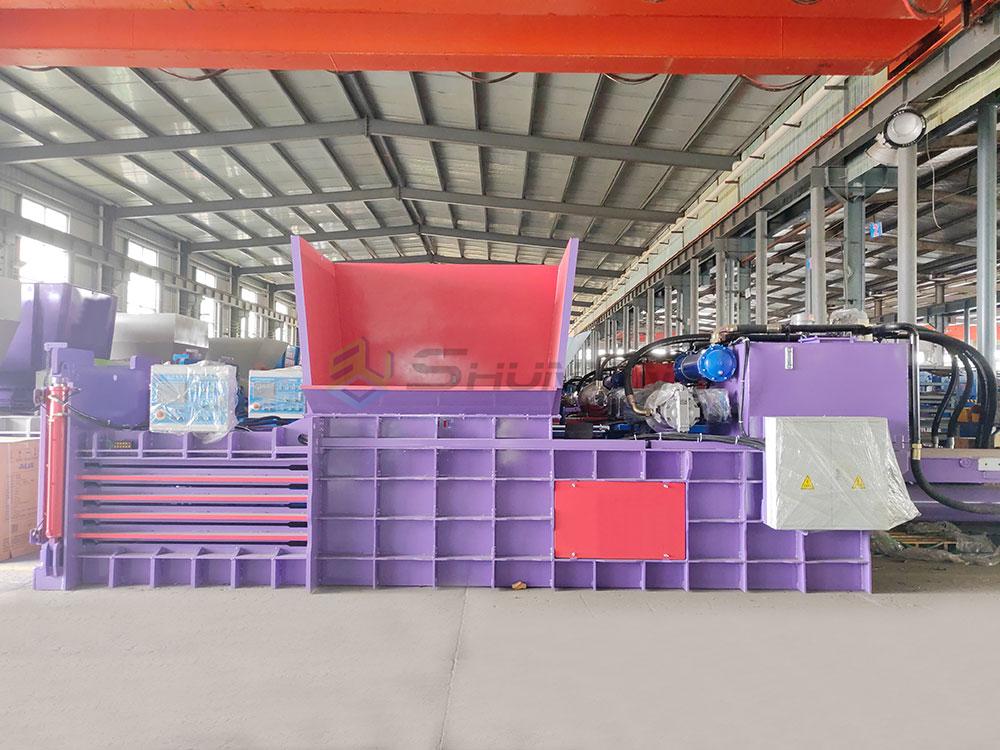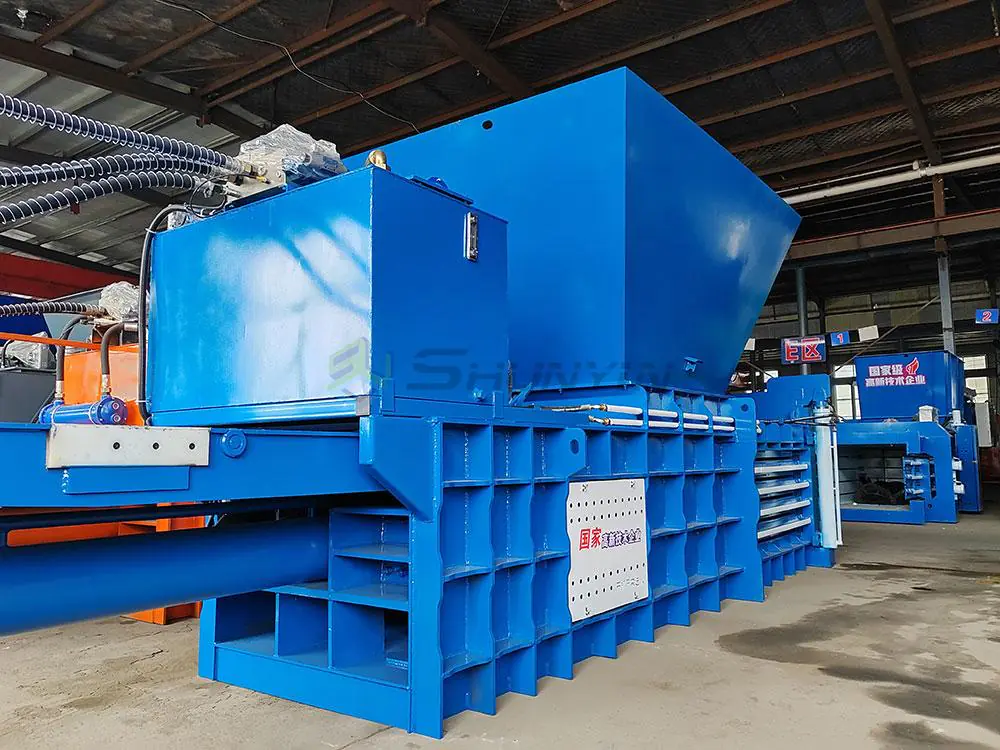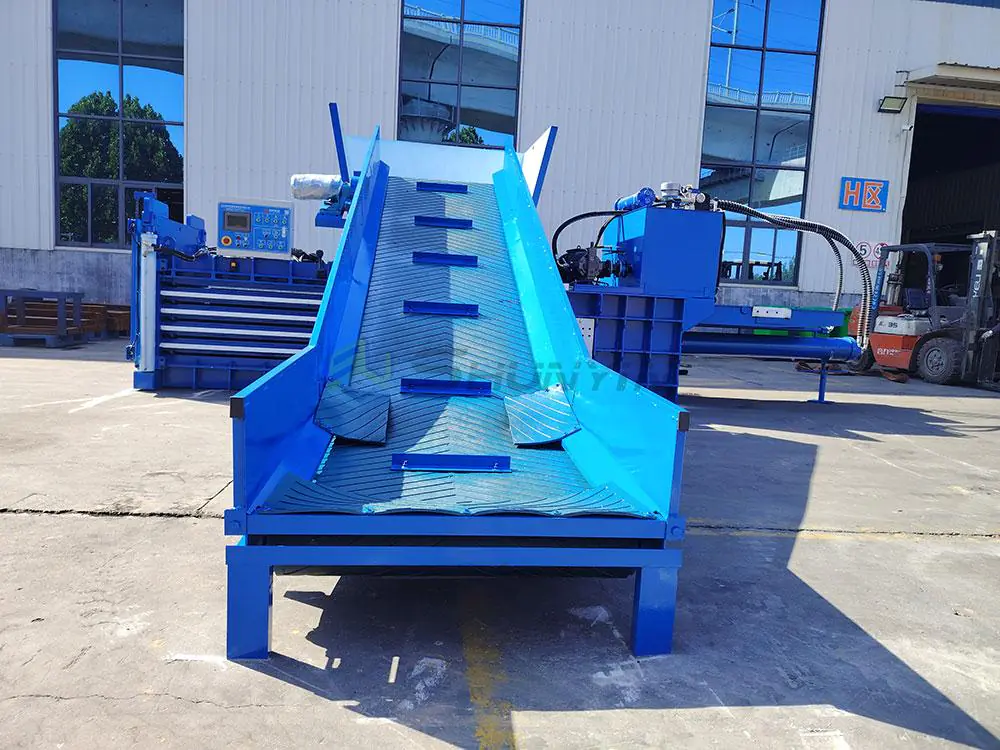Struggled with slow manual tying? Last year, a Texas processor lost 28% output during summer breaks. Eliminate production bottlenecks forever.
In 2025, top-grade automatic balers cut labor overheads 75% through integrated feeding, compression, and tying systems—achieving true 24/7 operations because synchronized workflows eliminate inter-process downtime not addressed by semi-automation.
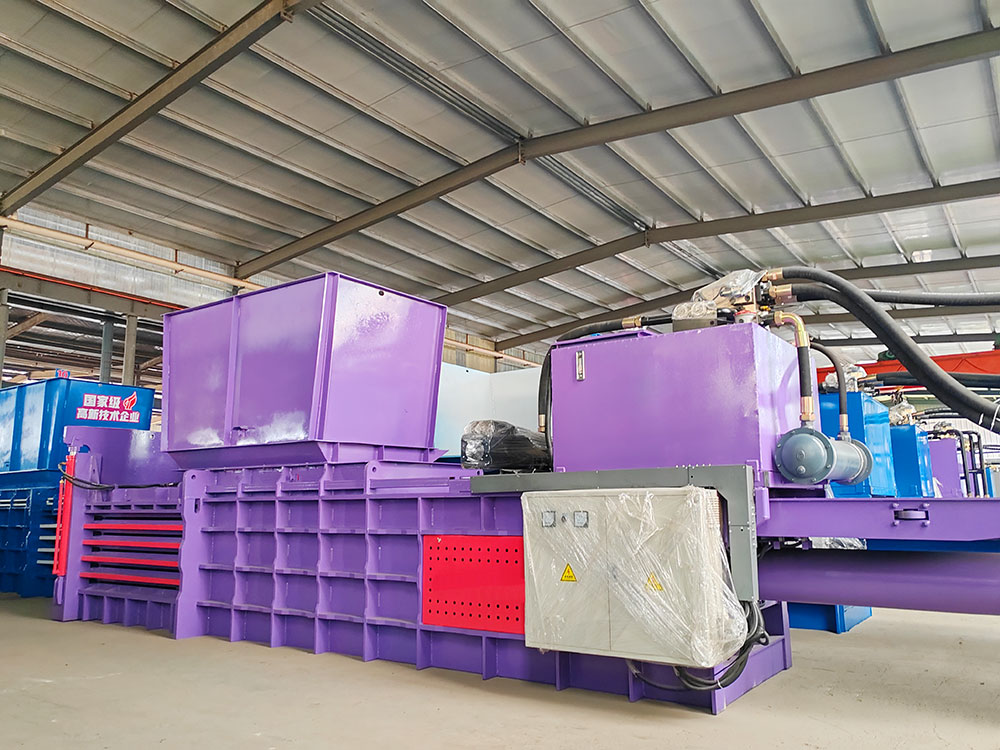
Automation isn’t a gadget—it’s throughput insurance. Discover complete workflow integration.
How Does an Automatic Tie Horizontal Baler Work?
Ever seen wires snap mid-cycle? That Korean factory wasted 11 tons daily until switching to sensor-driven systems. Precision matters.
Automated horizontal balers combine hydraulic compression with PLC-guided wire feeding: material enters → compacts → gets measured → auto-tied → ejected, all in 90-110 seconds. Smart versions adjust tying tension based on material density—preventing PET breakage or loose cardboard bales.
Manual tying creates human-speed bottlenecks—these are the engineering solutions eliminating it.
Automation Component Breakdown
Critical Sub-Systems:
-
Material Sensing Station:
- Laser volume scanners
- Weight estimation algorithms
- Density-adaptive compression planning
-
Intelligent Tying Matrix: Tension Level PET Bottles Cardboard Film Benefit High ✓ ✓ ✕ Prevents unraveling Medium ✕ ✓ ✓ Avoids deformations Low ✕ ✕ ✓ Stops overwrapping -
Ejection Safety Protocol:
- Proximity-sensor protected discharge
- Auto-stacking conveyor compatibility
- 200+ bale memory for traceability
Get cycle-time calculations for your material—WhatsApp your specs for free throughput modeling.
Can a Horizontal Baler Integrate With Conveyor Systems?
Witnessed "island automation"? A Canadian recycler connected 5 machines seamlessly. Conveyors aren’t optional now.
Yes—all standard horizontal balers integrate via input sensors and output conveyors. However, compatibility demands matching feed-rate (tons/hour), conveyor width exceeding hopper entry by 10%, and synchronized start-stop logic—without these, bottlenecks resurface at junctions.
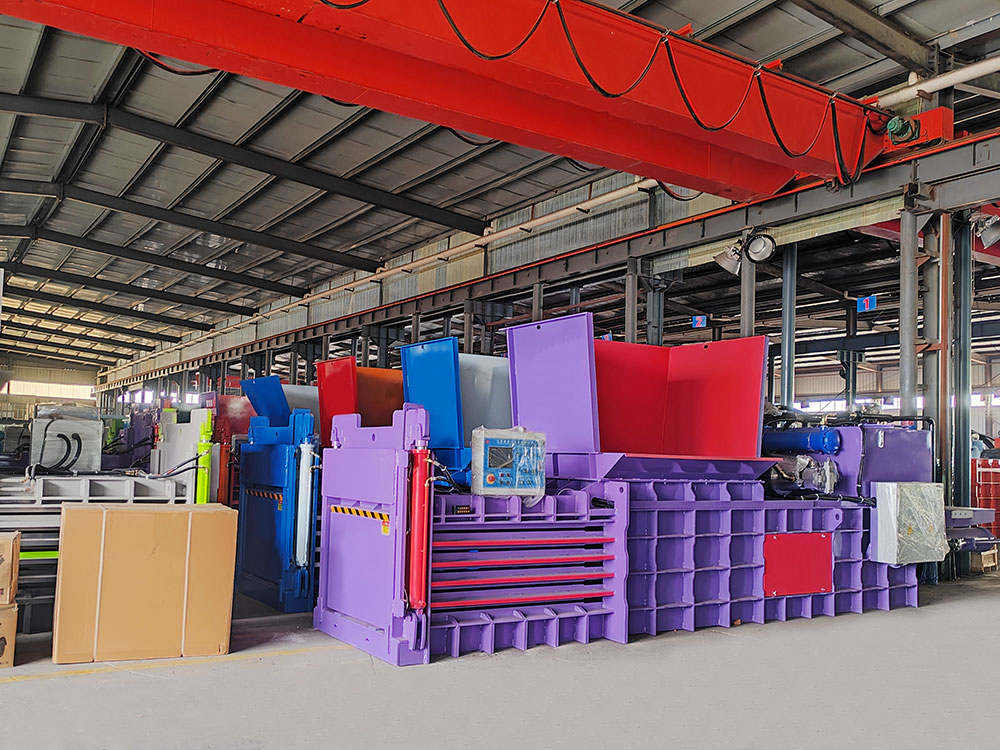
Partial integration wastes investment—optimize your entire line holistically.
Integration Checklist Table
Synergy Requirements:
| Parameter | Baler Requirement | Conveyor Requirement | Mismatch Impact |
|---|---|---|---|
| Speed | 8 tons/hour | 6 tons/hour | Hopper overflows |
| Width | 1200mm feed | 1000mm belt | Material jams |
| Height | Ground +0.8m | Adjustable legs | Spillage risks |
Advanced Unification Tactics:
- PLC Hub Control Design
- Unified Siemens S7-1200 controller
- Live throughput monitoring dashboard
- Fail-Safe Protocols
- Auto slowdown for upstream jams
- Vibration detection shutdowns
We design turnkey 3D layouts for clients—request yours via email. Perfect setup guaranteed.
What Are the Energy Costs of Running a Horizontal Baler?
That "45kW" motor actually consuming 71kW? Energy audits revealed Philippine plants paid 40% extra monthly. Know real numbers.
Power consumption averages 35-60 kWh hourly but focuses on kWh/ton efficiency—top units achieve 4.7kWh/ton versus industry averages of 6.2kWh/ton. Smart ECO-modes cut vampire loads 30% by suspending hydraulics during idle periods.
Rated specs often mislead—demand actual test certificates.
Cost-Reduction Strategies Matrix
Energy Audit Protocol:
- Idle-Time Consumption Test
- Record 30 minutes with no material
- Reject units exceeding 22% of working consumption
- Loading Pattern Analysis
- Measure kWh drop during partial loads
- Require proportional energy matching
| Efficiency Comparison: | Baler Type | kWh/ton (Peak) | kWh (Idle/Hour) | Annual Savings |
|---|---|---|---|---|
| Standard | 6.3 | 12 | $0 Baseline | |
| Eco-Mode Enabled | 5.1 | 7 | $17,800 | |
| Servo-Hydro Hybrid | 4.6 | 4 | $24,500 |
WhatsApp energy concerns for factory power-consumption videos. No surprises.
How Much Maintenance Does a Horizontal Baler Require?
Replaced proprietary sensors at $380/unit? A Brazilian team switched to universal-component machines, cutting upkeep 65%. Design decides downtime.
Standard maintenance requires quarterly hydraulic checks and annual overhauls—but daily upkeep drops 80% using SKF bearings and Siemens PLCs (universally available components), plus remote monitoring systems predicting failures weeks early.
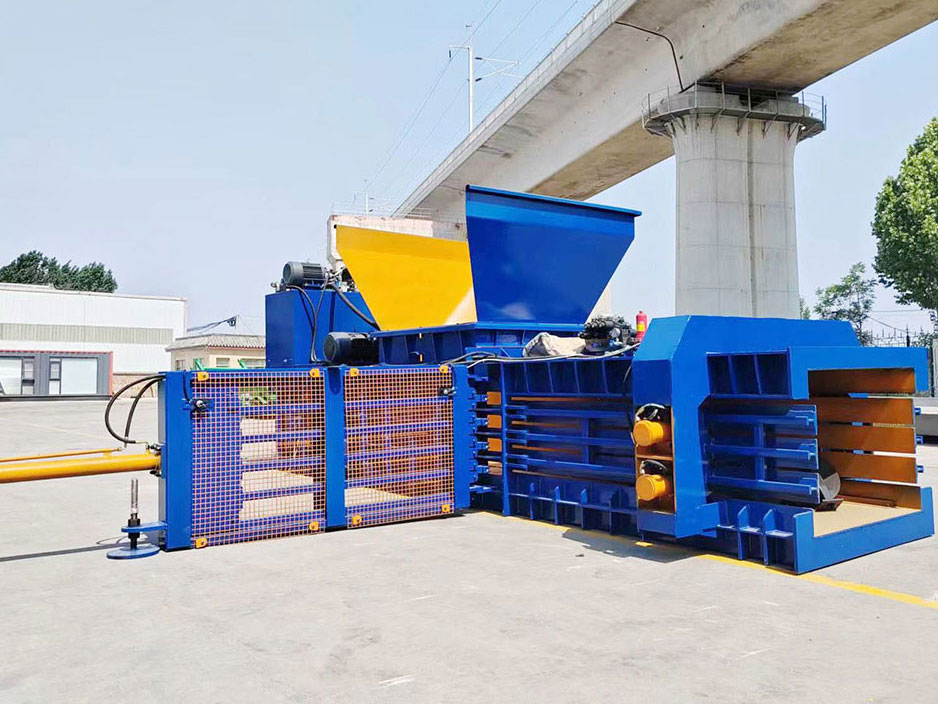
Reactive repairs cost triple—shift to predictive models.
Component Lifetime & Replacement Guide
Critical Maintenance Schedule:
| Part | Standard Lifespan | Local Sourcing | OEM-Only Cost Risk |
|---|---|---|---|
| Hydraulic Seals | 1,500 hours | Parker 2F seals available | Avoid custom sizes |
| PLC Modules | 15+ years | Siemens S7 global stock | Prevent lockouts |
| Cutting Blades | 800 tons | Standard DIN 1.2379 steel | Skip coatings |
Downtime Preventers:
- Remote Diagnostics Portal
- Live pressure/temperature flow visualizations
- Predictive alerts before part failures
- In-House Repair Kits
- Pre-packed seal/blade replacements
- Video tutorial database
We provide open-source maintenance manuals—request yours now. Empowerment before crisis.
Conclusion
Maximize 2025 recycling profits: automate workflows, integrate lines, optimize energy use, maintain predictably—WhatsApp engineering queries for bulletproof operations.


